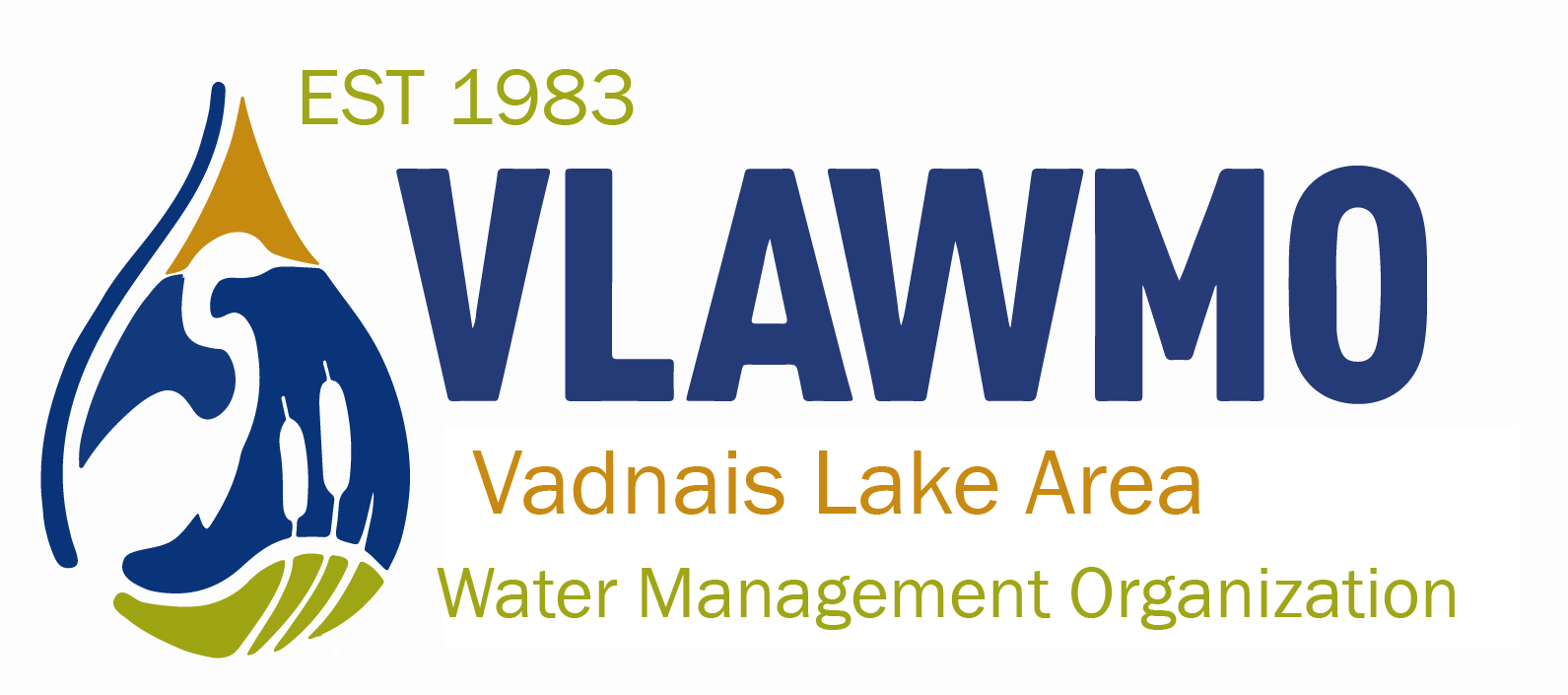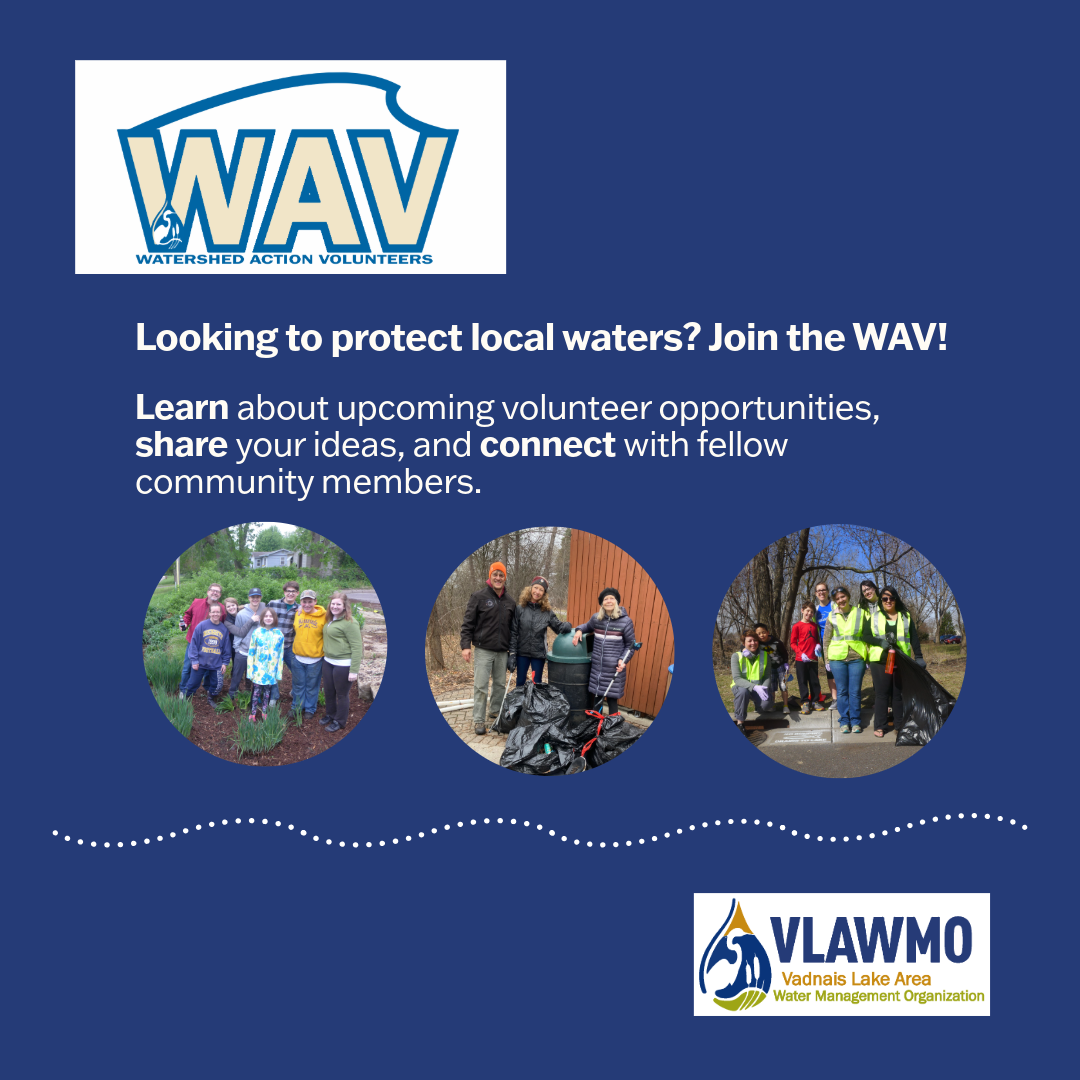WATERSHED ACTION VOLUNTEERS (WAV)
Volunteering with VLAWMO
We invite you to review the involvement opportunities below to get a sense of projects pursued by past and present volunteers. You can contact us via email or by calling (651) 204-6070 to request meeting information or learn about the projects volunteers are currently working on.
The Watershed Action Volunteers meet twice annually (spring and fall) and participate in events throughout the year. Volunteer opportunities are open to the public, though registration may be required for some opportunities.
Check the VLAWMO web calendar for additional updates and see below for past meeting minutes.
Visit our schools page for maps, activities, and resources for students.
Prospective volunteers are invited to get to know our volunteer program by learning about our current efforts and discussing them with staff. New volunteers may accompany existing volunteers or inquire about volunteer roles for the future. Please contact staff at (651) 204-6070 for more information.
Click here for a volunteer application.
Sign up to receive the Watershed Action Volunteers email list below to get notifications of group or public volunteer activities.
Several volunteer activities are available without a formal volunteer position:
- Adopt-a-Drain: Easy and meaningful volunteering is just down the street! Visit adopt-a-drain.org to find your nearby stormdrain(s), officially adopt one or several, and keep them clean on your own time. It's convenient and easy for kids and families, and a great way to support nearby lakes, streams, and wetlands. Door hangers and City/Township identification are available for neighborhood door-to-door promotion - locations, materials, safety vests and badges, as well as protocols are provided from VLAWMO staff.
- Scenery and wildlife photography: VLAWMO is interested in your sight seeing! Photos of early morning, evening, sunrises, and sunsets are especially of interest. Frosty trees and photos during rain events (i.e. stormwater runoff at a raingarden) are also very valuable. Past or present landscape or wildlife images help tell the story of the watershed and inspire action and care for our water resources. All photos are credited according to submitter preference (word caption, name stamp, etc.).
- Otter Spotters & Frog and Toad Calls: Visit our story maps page to learn more.
Macroinvertebrate monitoring is a popular method of assessing stream and lake health, identifying biological organisms that live in the water to draw conclusions about water quality. VLAWMO utilizes the tools and methods from the Leaf Pack Network to conduct this monitoring, and records the data according to the collection site on Monitor My Watershed.
Monitoring experiments have been successful with public school groups, home school groups, Girl/Boy Scouts, as well as college students. They're a great way to introduce youth to environmental science or even gain fieldwork and research experience. The format is accessible to a variety of age groups due to its ability to monitor on either a broad level or with a high level of detail and specifics. With a bit of preparation, study, and familiarity with the tools, you too can conduct a successful monitoring effort while helping us track and record the status of our watershed.
Steps to participate: Planned with VLAWMO staff
1. Identify a 3-week period in which to conduct the monitoring experiment. After a Leaf Pack/Rock Pack gets placed, it sits for 2-3 weeks until it is retrieved. Upon retrieval, volunteers sort and record the pack's contents. Monitoring is available whenever open water is present at any of the monitoring sites.
Complete and submit a volunteer waiver for everyone participating.
2. Identify a location out of the 8 monitoring sites in the VLAWMO watershed. 2 locations in North Oaks are private access for North Oaks residents, or working with North Oaks residents. 1 location requires staff assistance to access. 5 locations are accessible to the public, but several of these require navigating steep slopes. Staff are available to recommend which location is best suitable for your abilities and needs.

3. Review completed experiments at various site locations to see what's been recorded in the past, and what you can likely expect to find. Staff can help connect you or your group with existing volunteers to work collaboratively.
Monitoring Sites: On the left of the page, check "Leaf Pack" and "Vadnais Lake Area WMO." Click an icon identified as VLAWMO monitoring site, and click "view data for this site." On the resulting page, scroll to the bottom and find "Macroinvertebrate data at this site." Click "view" in the submitted experiment rows to view the results and pollution tolerance index scores.
4. Plan where to conduct the sorting and data collection after a pack is retrieved. Some parks have picnic tables, some areas have enough space to set-up a folding table, and some areas require bringing the pack to another nearby park or home to analyze.
5. Rent a Leaf Pack/Rock Pack kit from the VLAWMO office for up to 4 weeks.
6. Record data either online directly using the Monitor My Watershed website, or fill out and submit a data collection form provided by staff. If math and science education are desired for your group, staff can provide calculations for groups to work with their own data and draw their own conclusions according to established research methods in this field of study.
7. Return the kit and celebrate your accomplishment as a citizen scientist!
Resources:
To prepare, use the following resources to familiarize yourself or the group/youth you're working with. Contact staff at (651) 204-7060 for questions and to inquire about kit availability.
- Leaf Pack Network and Leaf Pack steps: Manuals available for download
- Macroinvertebrates identification
- Leaf Pack training video
- Leaf Pack data form: Use this form to familiarize yourself with the macroinvertebrates that are in focus for the experiment. There are many other species in local streams and lakes that are not listed on this form. If they're not on the form, they can be disregarded or noted in the optional notes section. When species are unclear or confusing in the field, photos should be taken for staff assistance later on.
Next Meeting:
Fall 2025, exact date and time TBD
Latest Meeting:
April 2025
Past Meetings:
- Spring 2025
- Spring 2023
- Fall 2022
- Spring 2022
- Fall 2021
- Spring 2021
VLAWMO is a proud host site for the Minnesota Water Stewards program. VLAWMO sponsors new stewards on select years depending on project and funding availability, as well as local interest. Contact VLAWMO for questions or more information on this program.
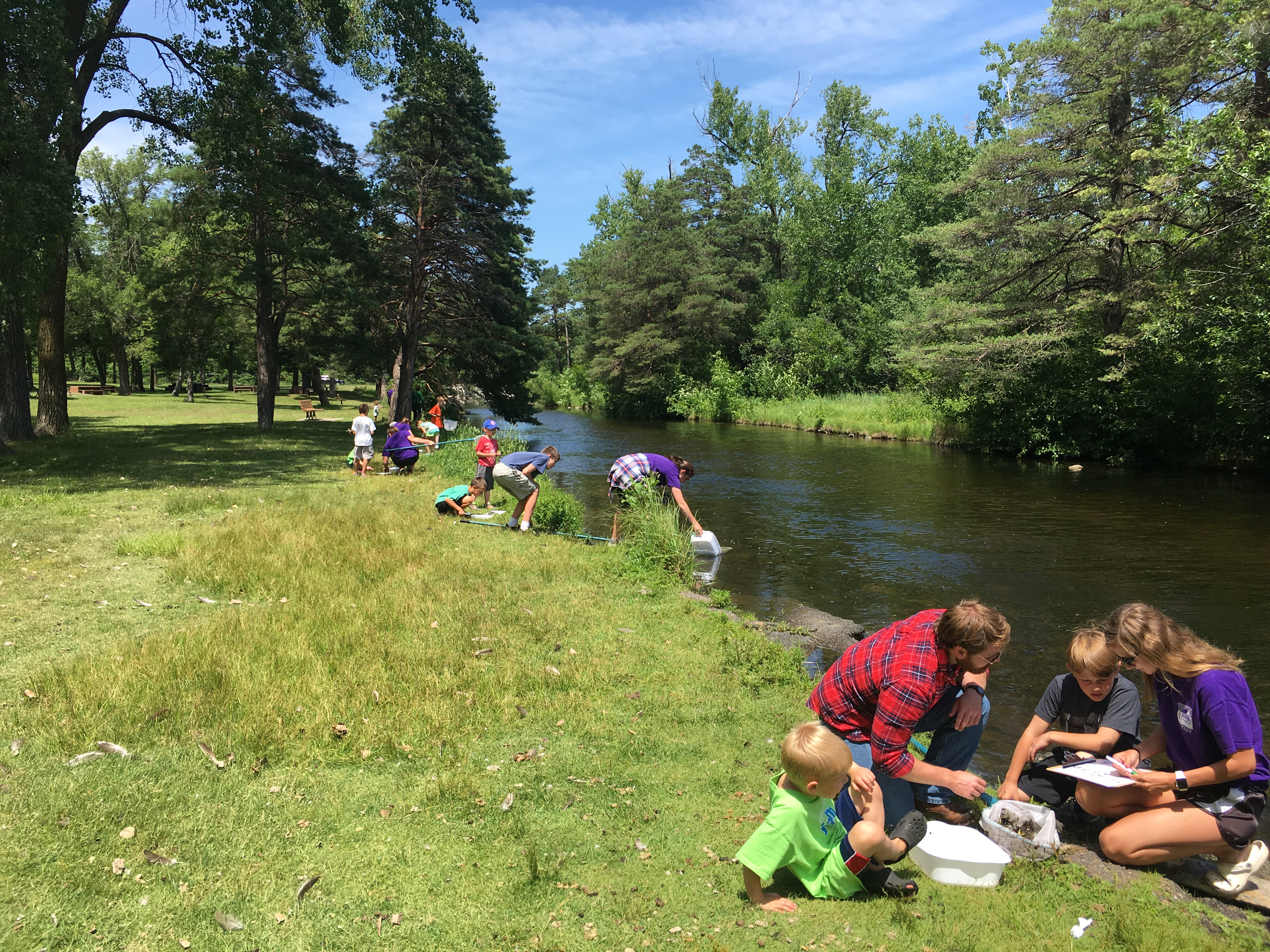
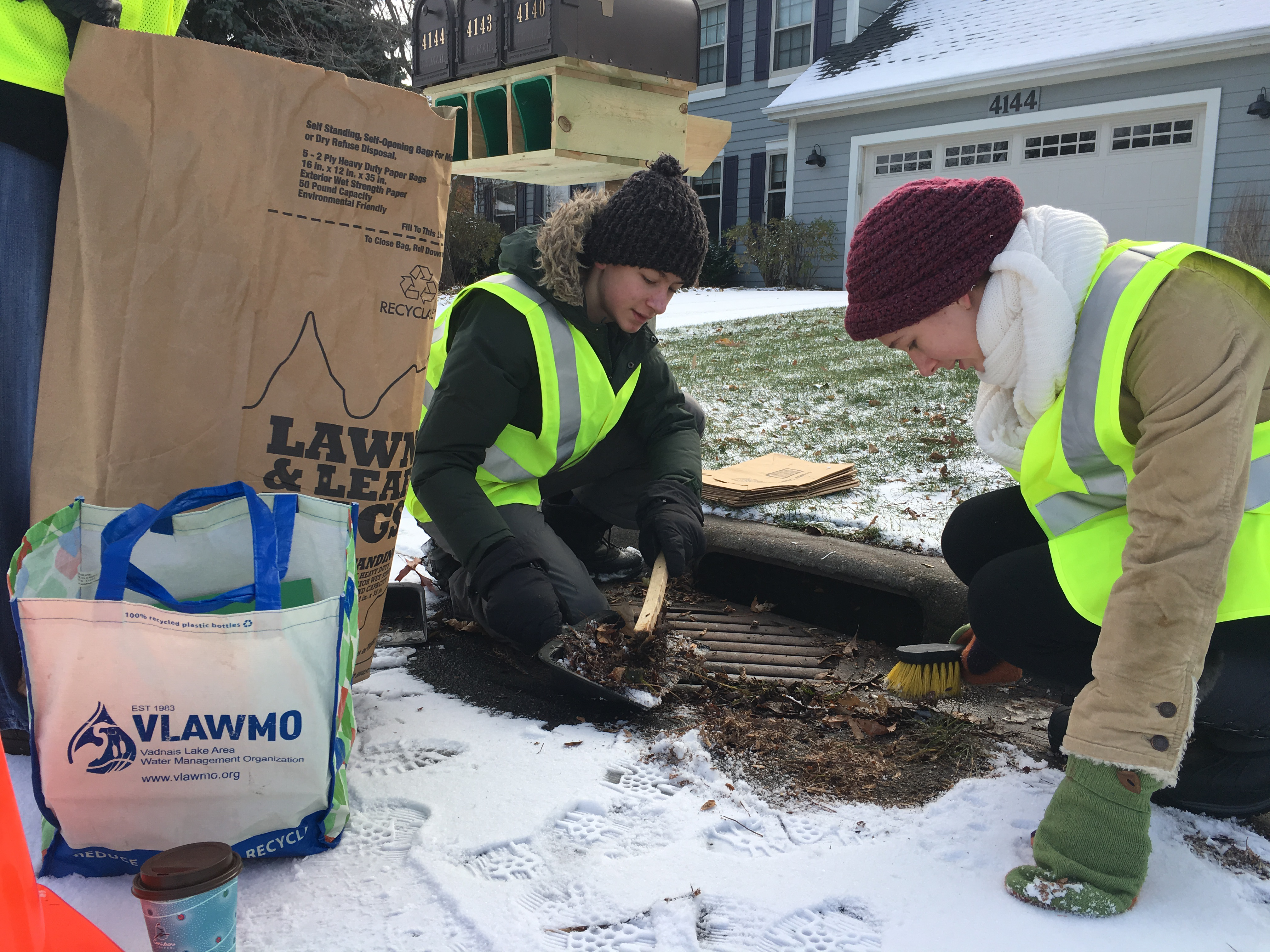
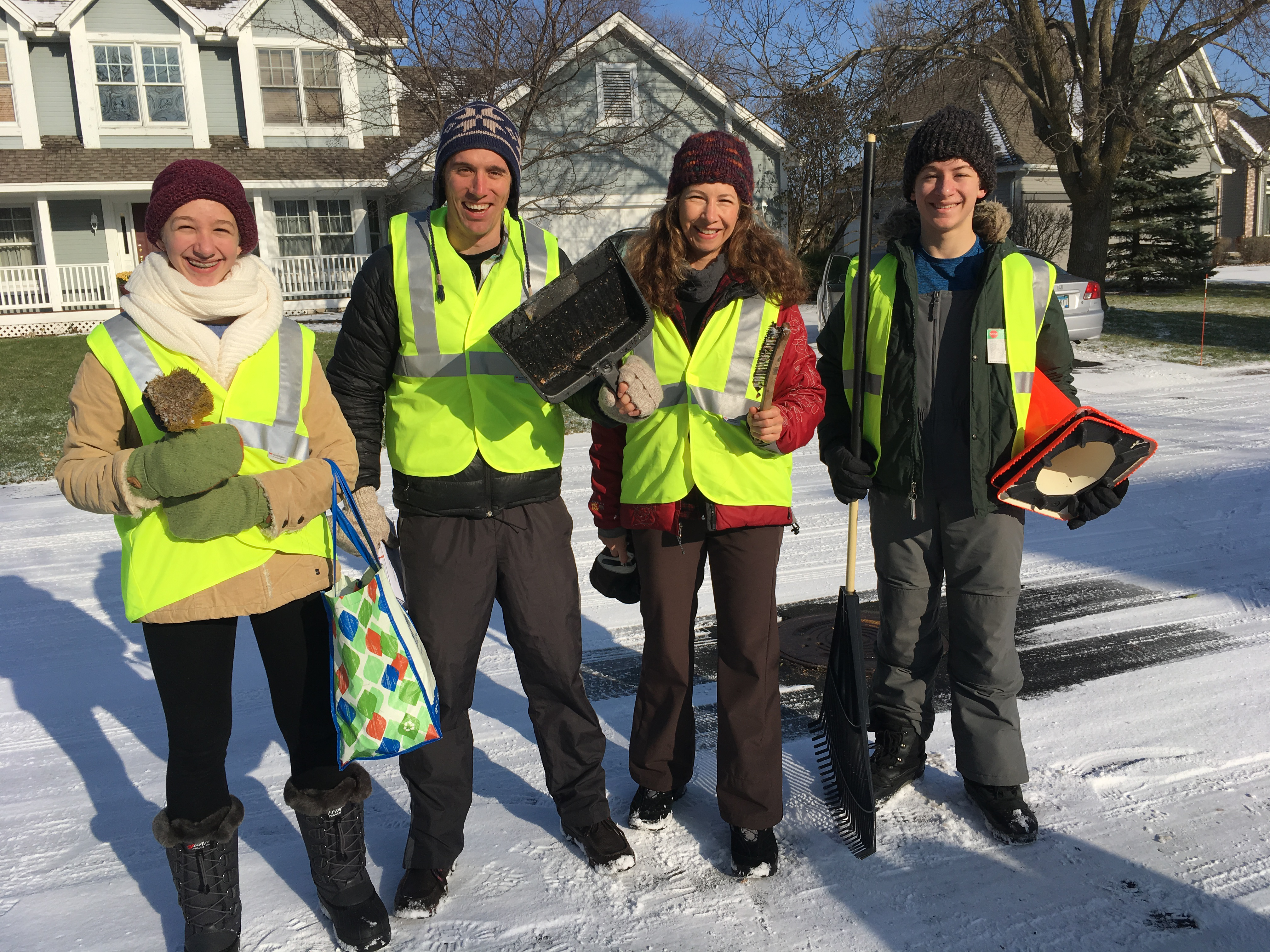
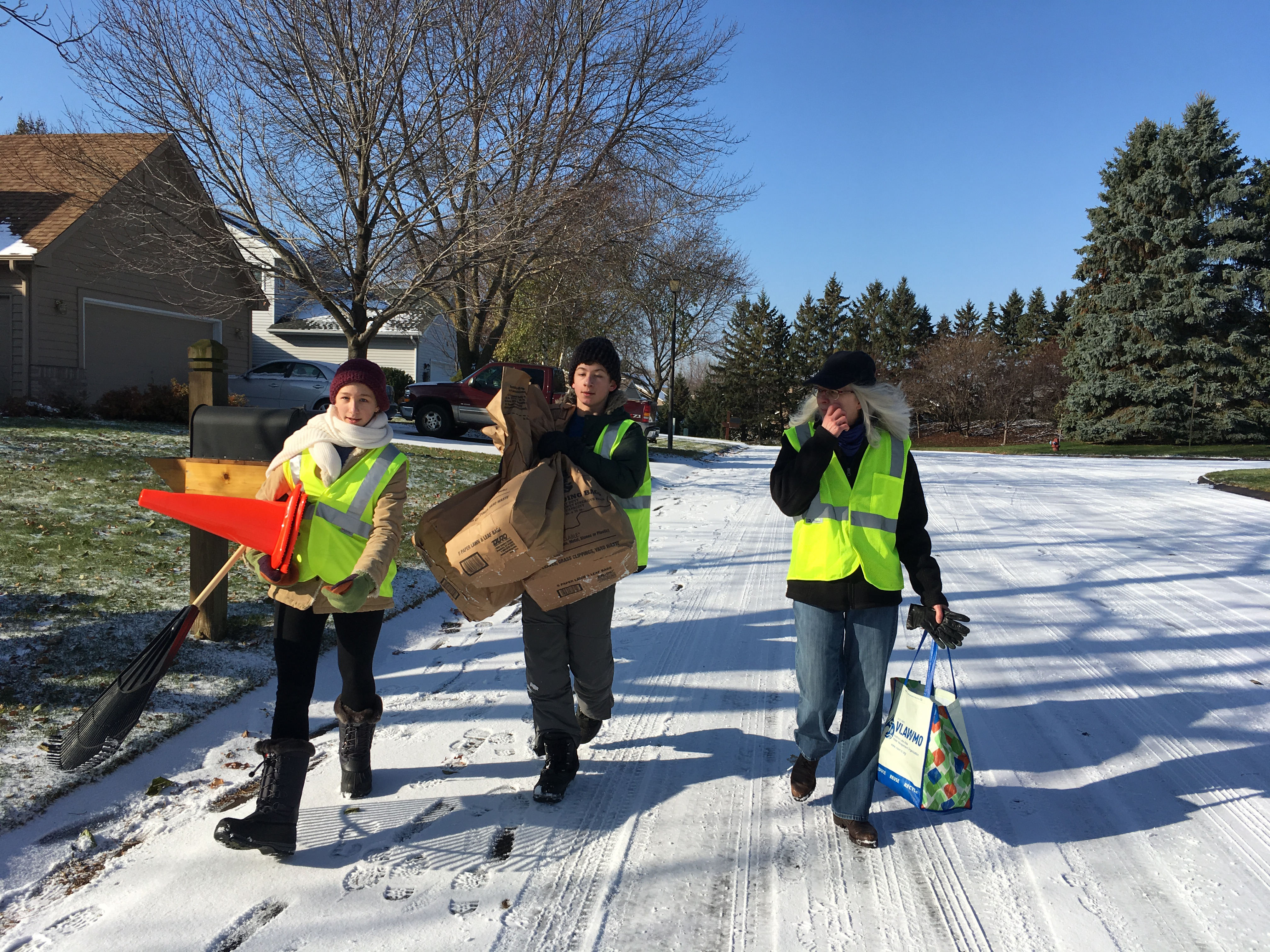
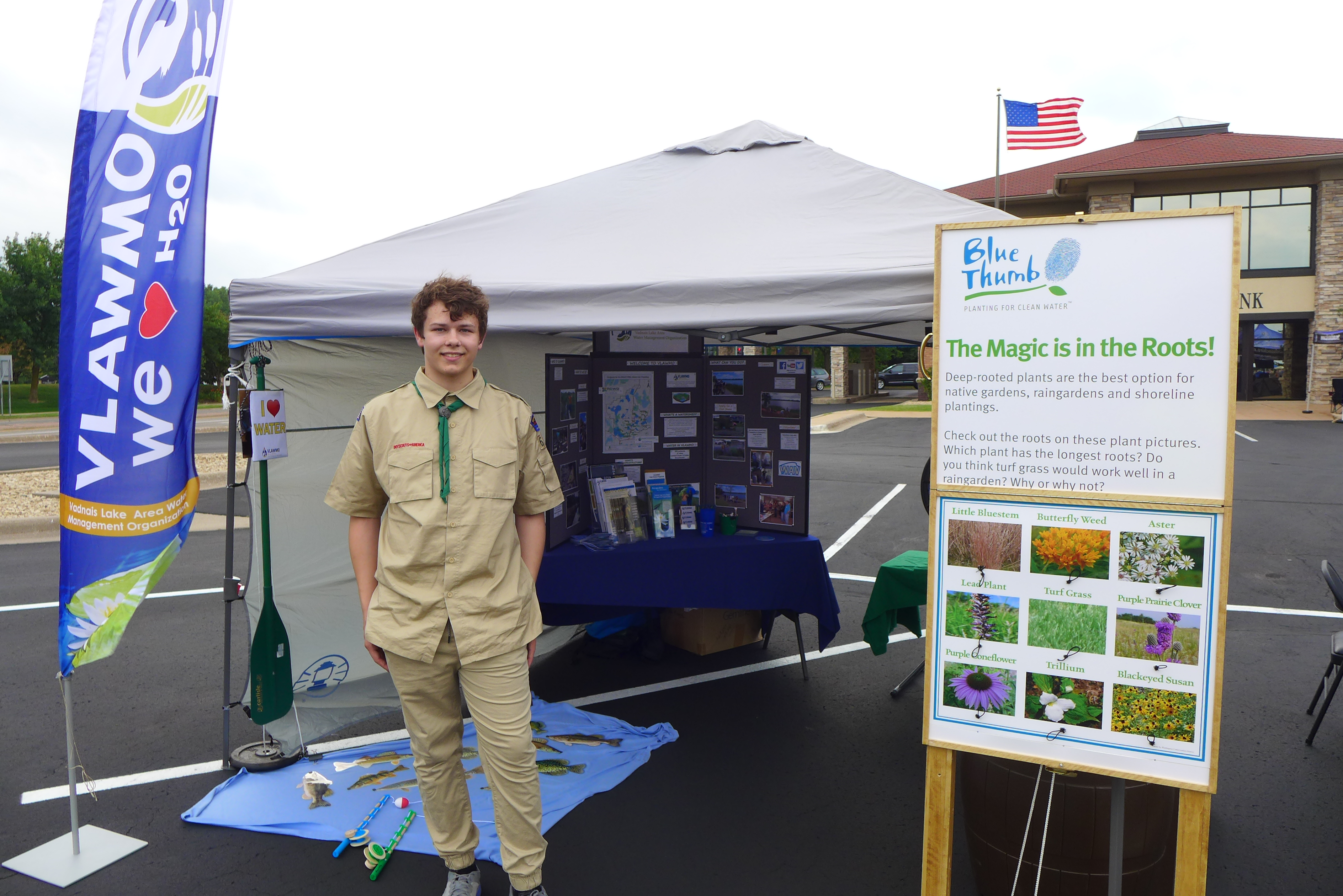

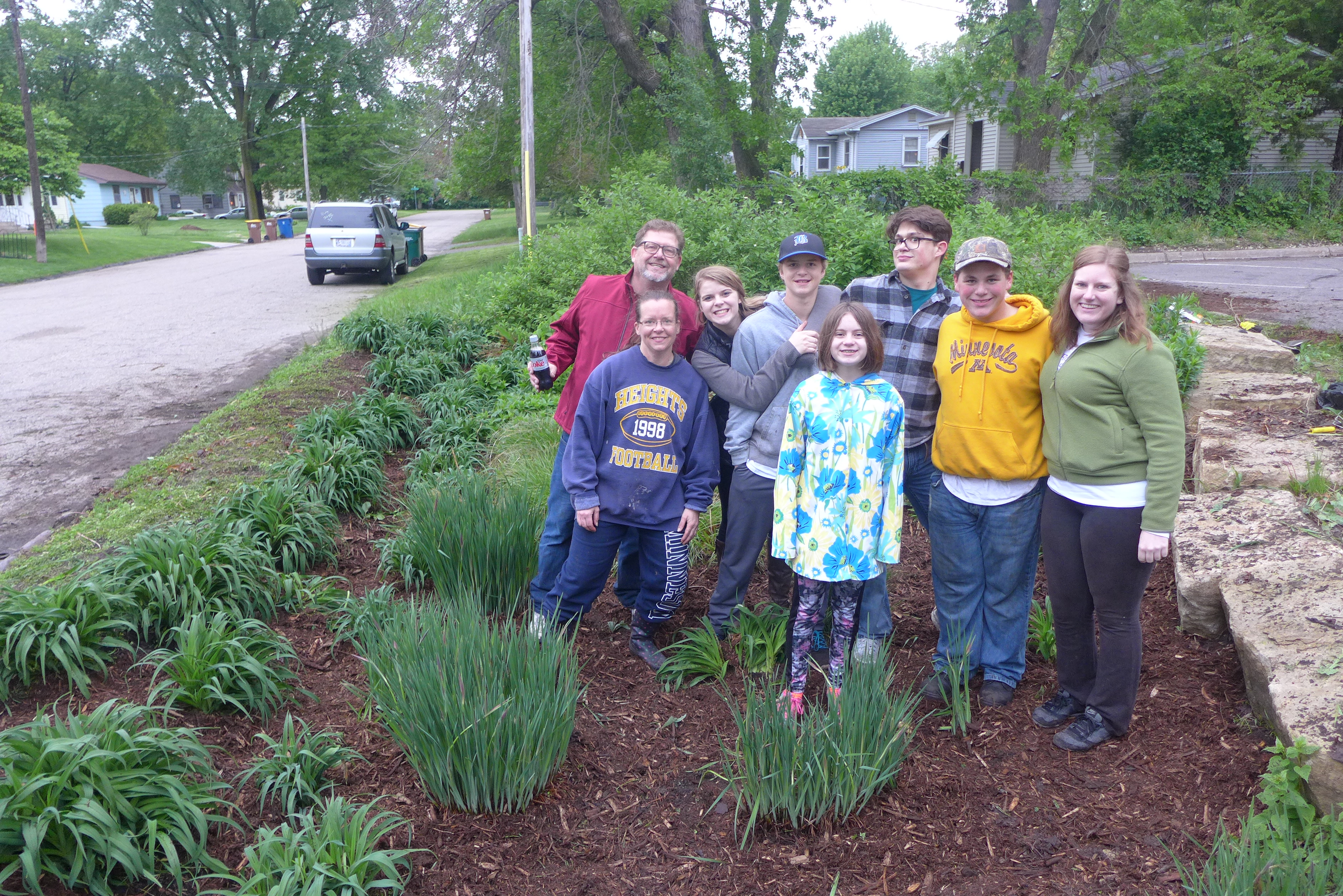
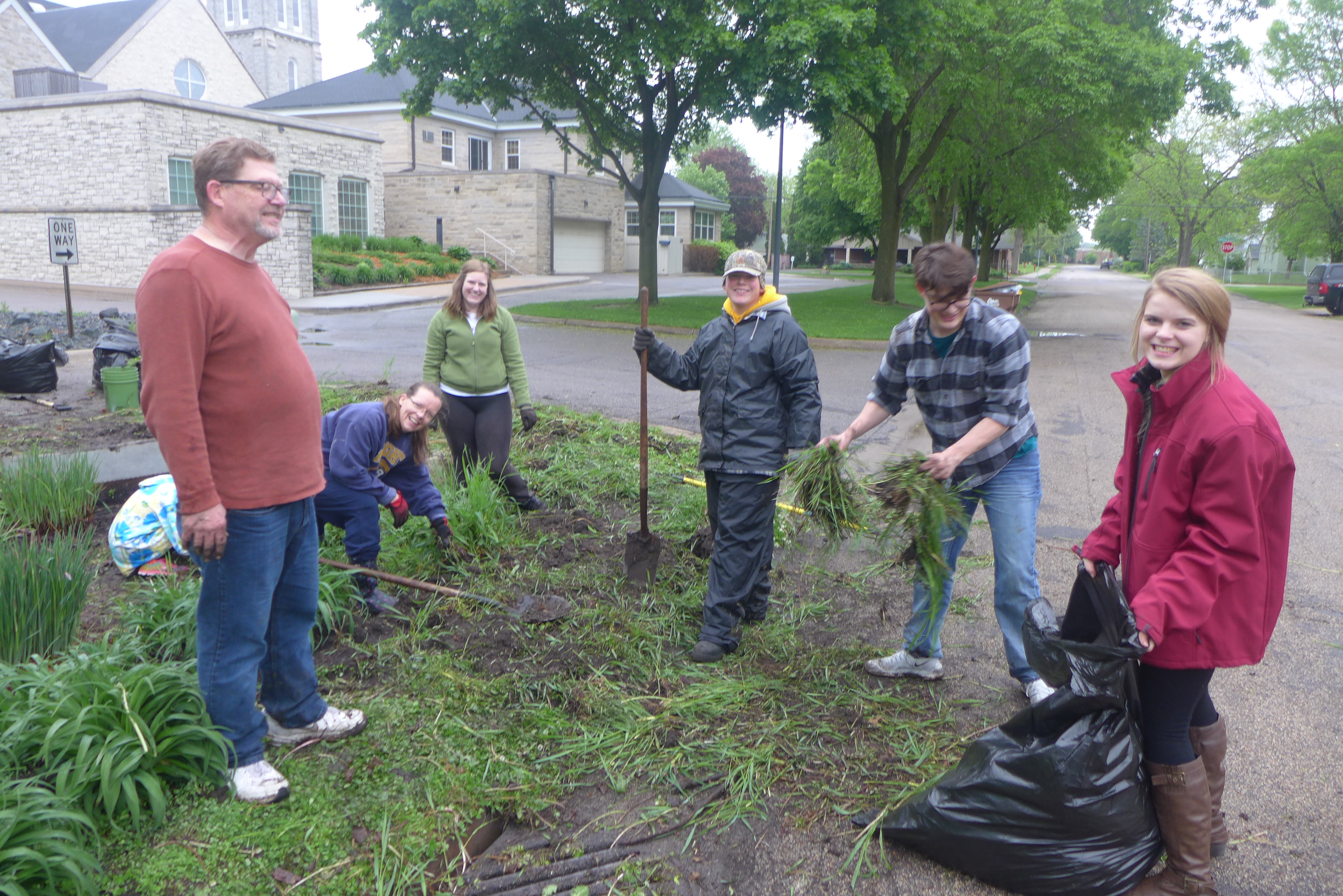
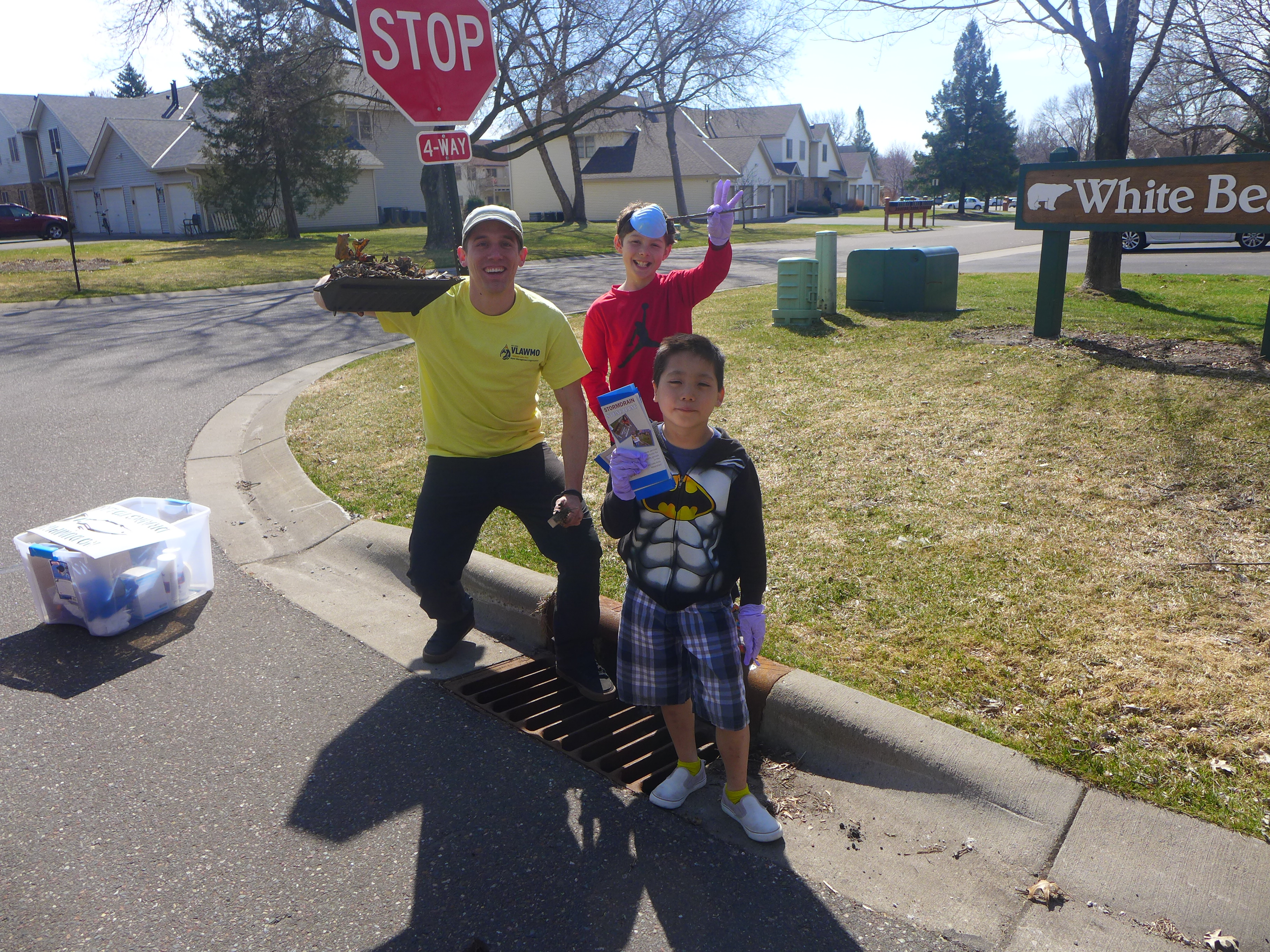
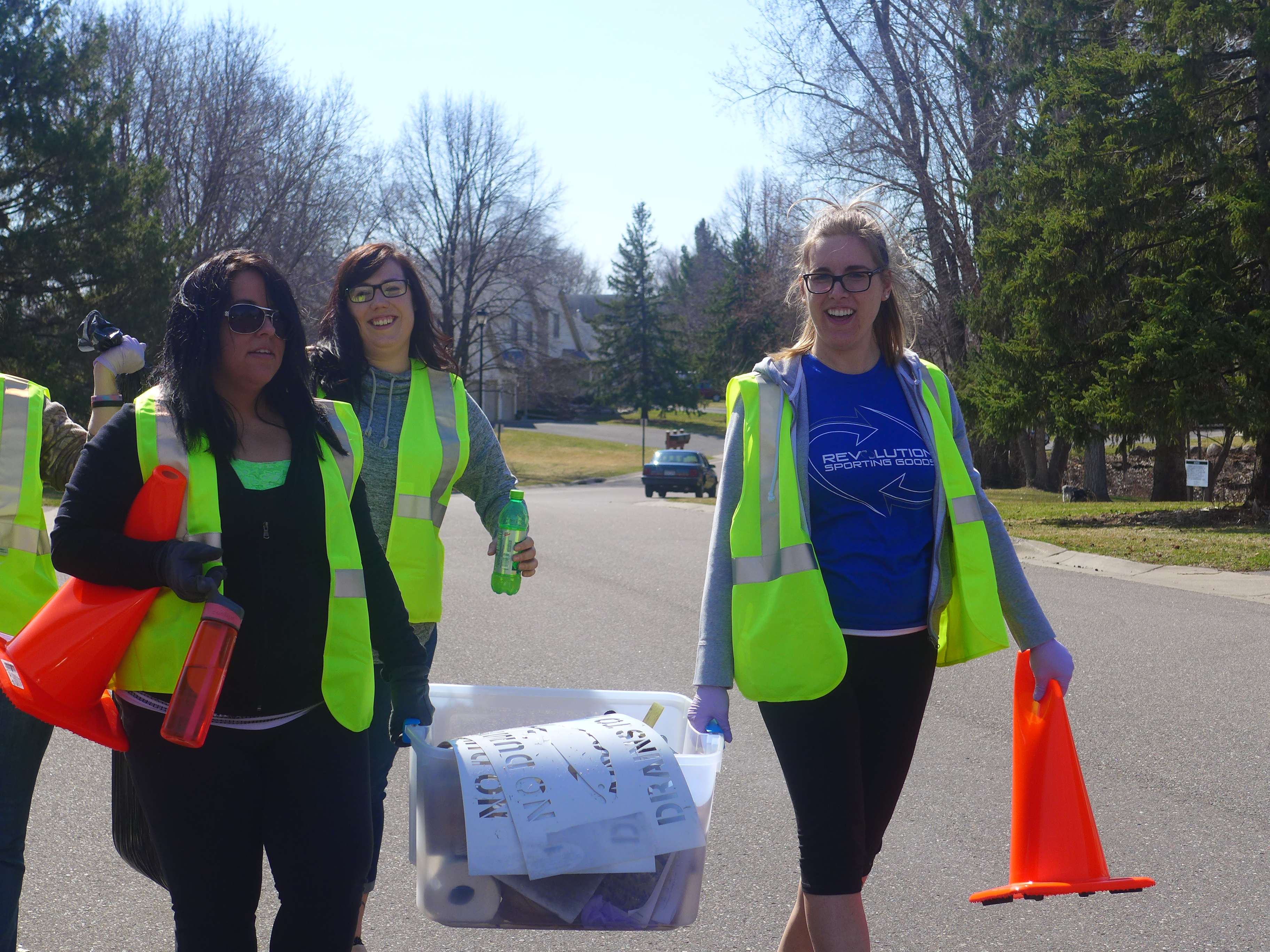
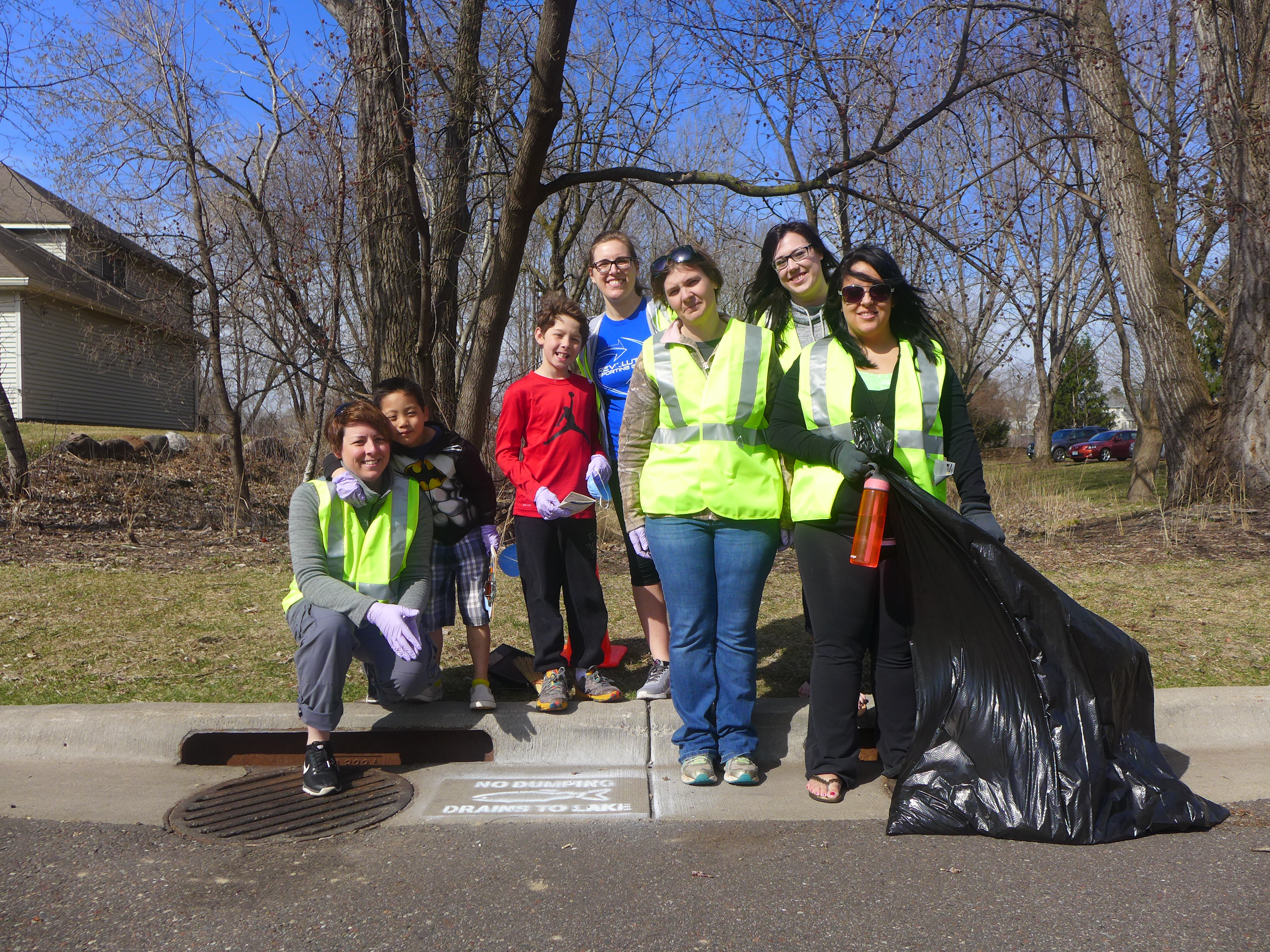
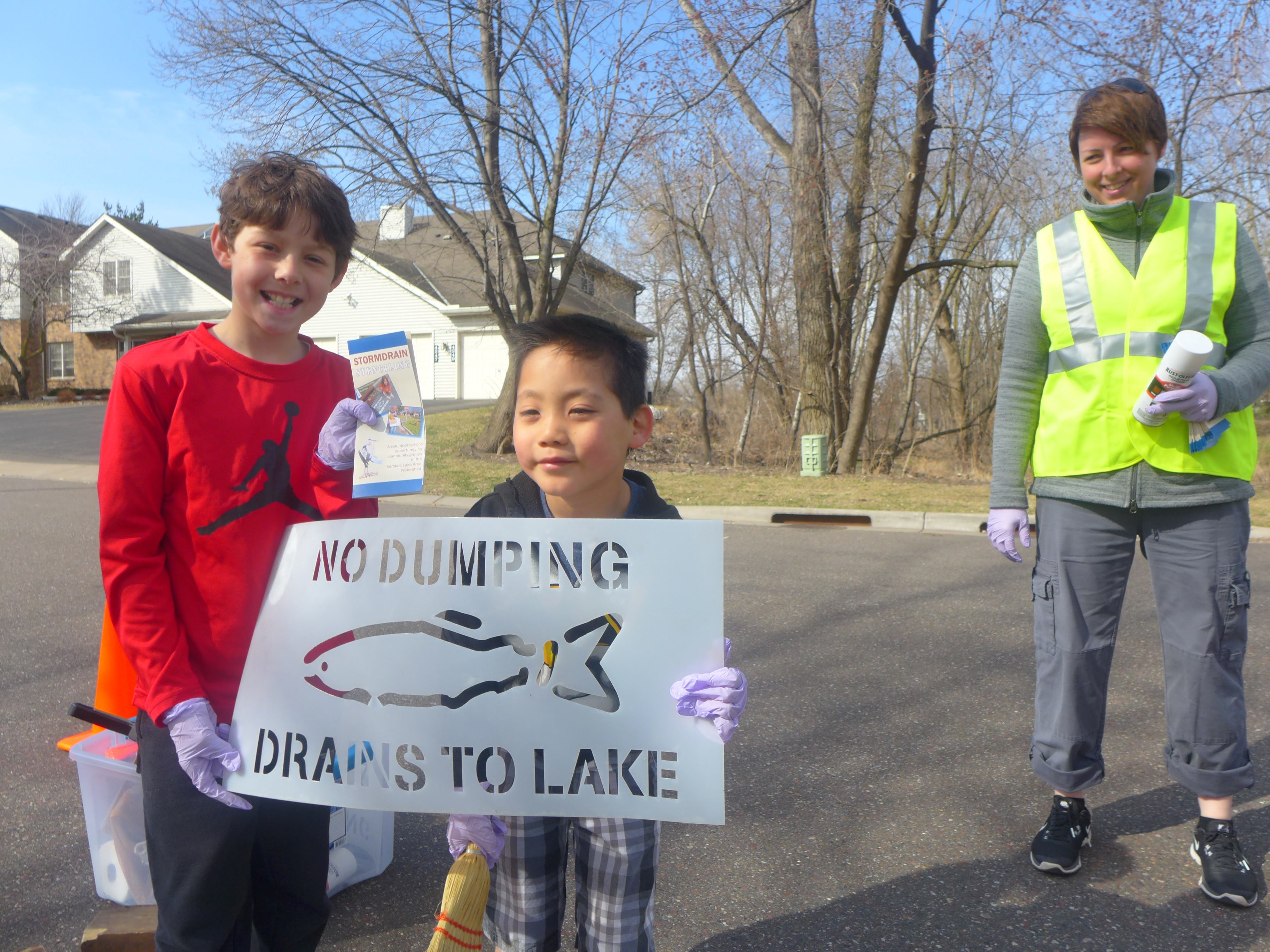
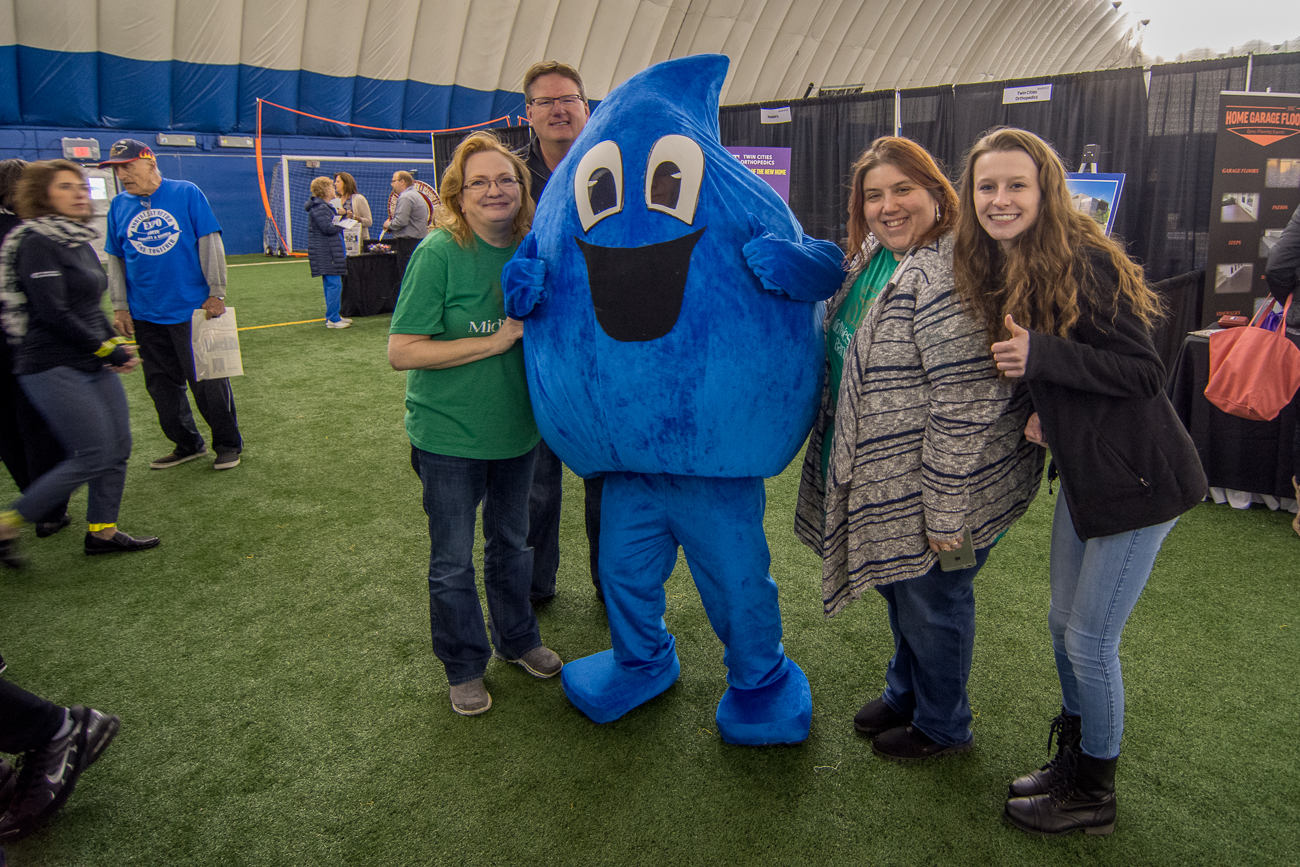
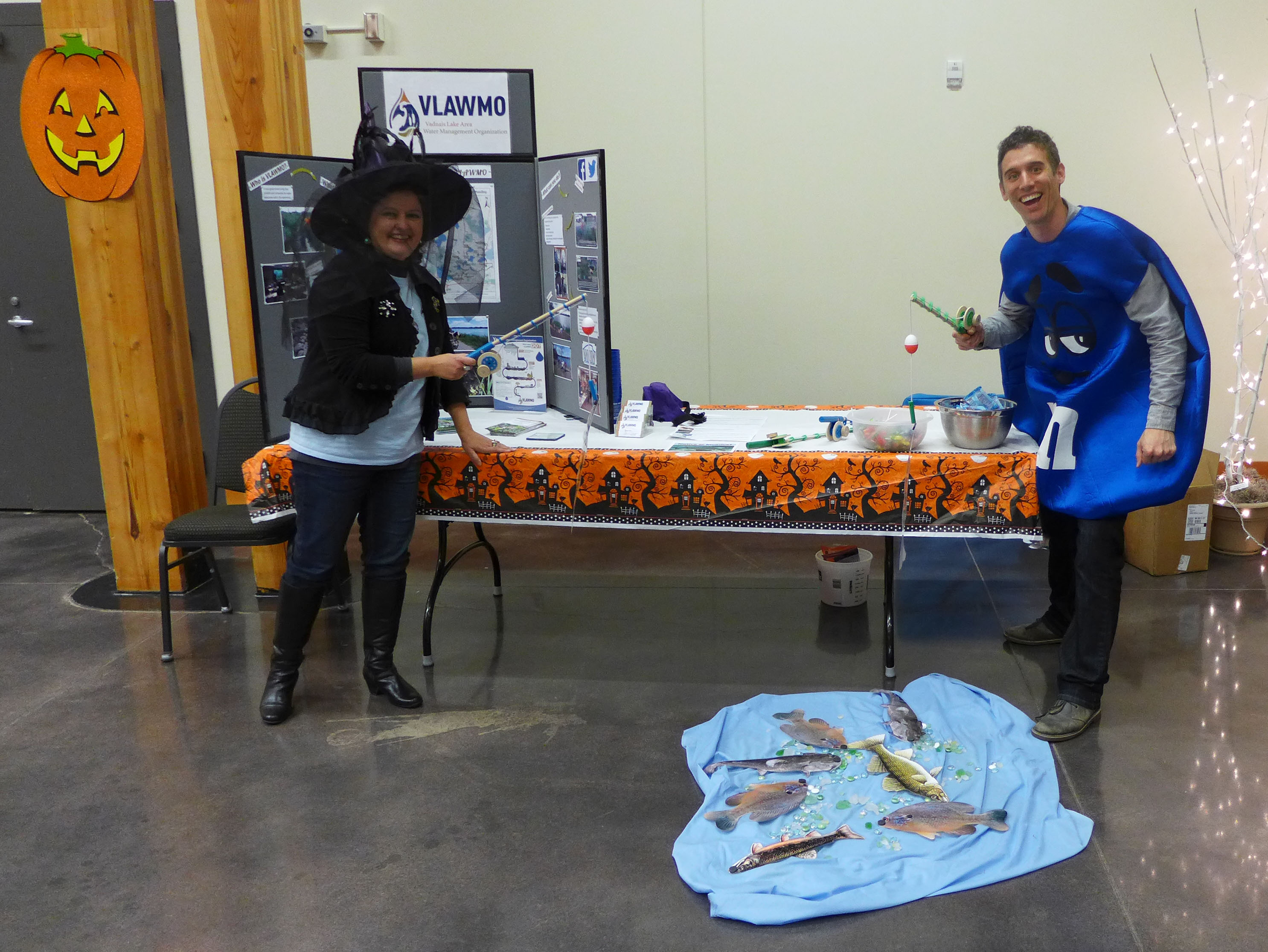
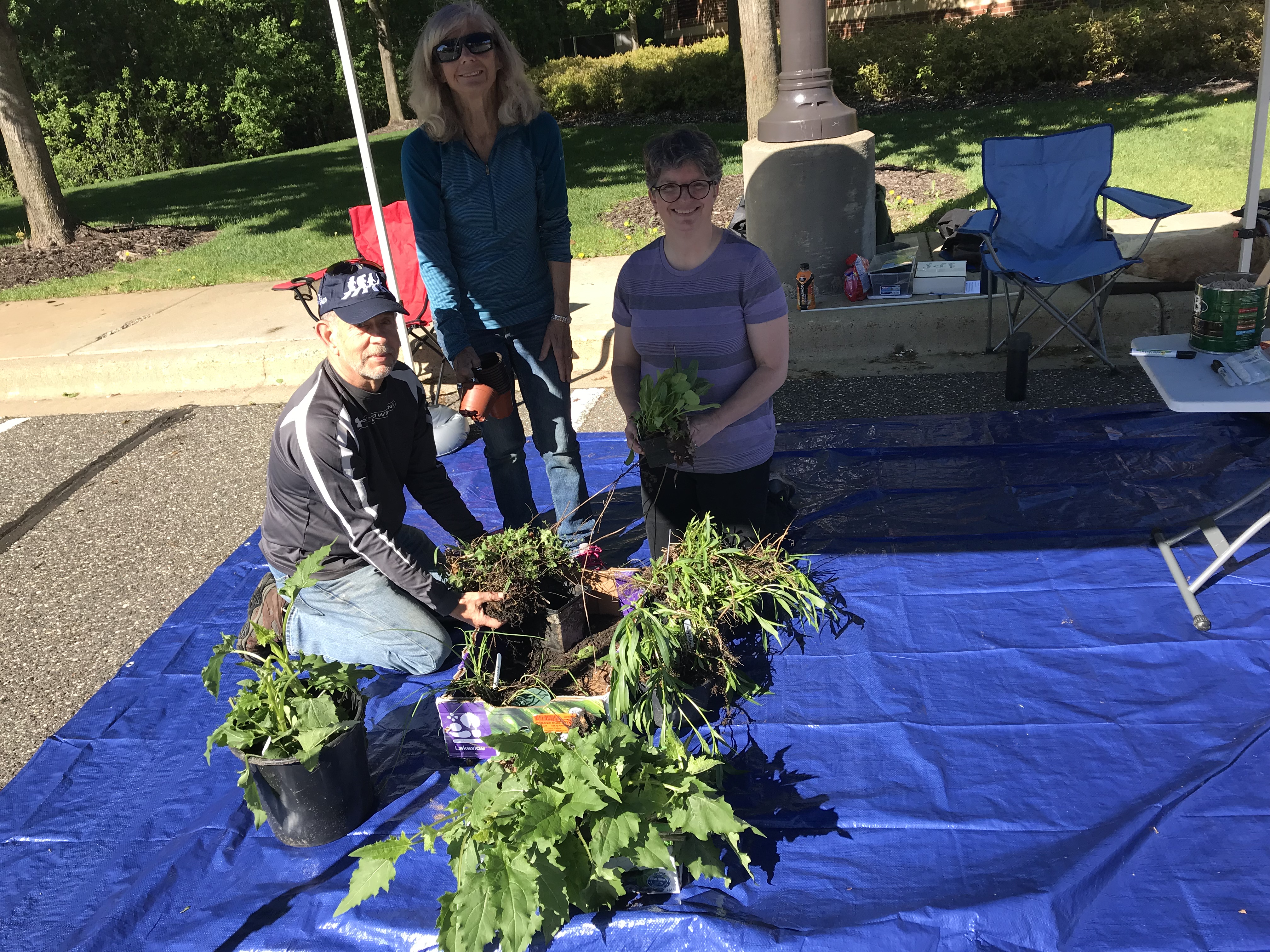

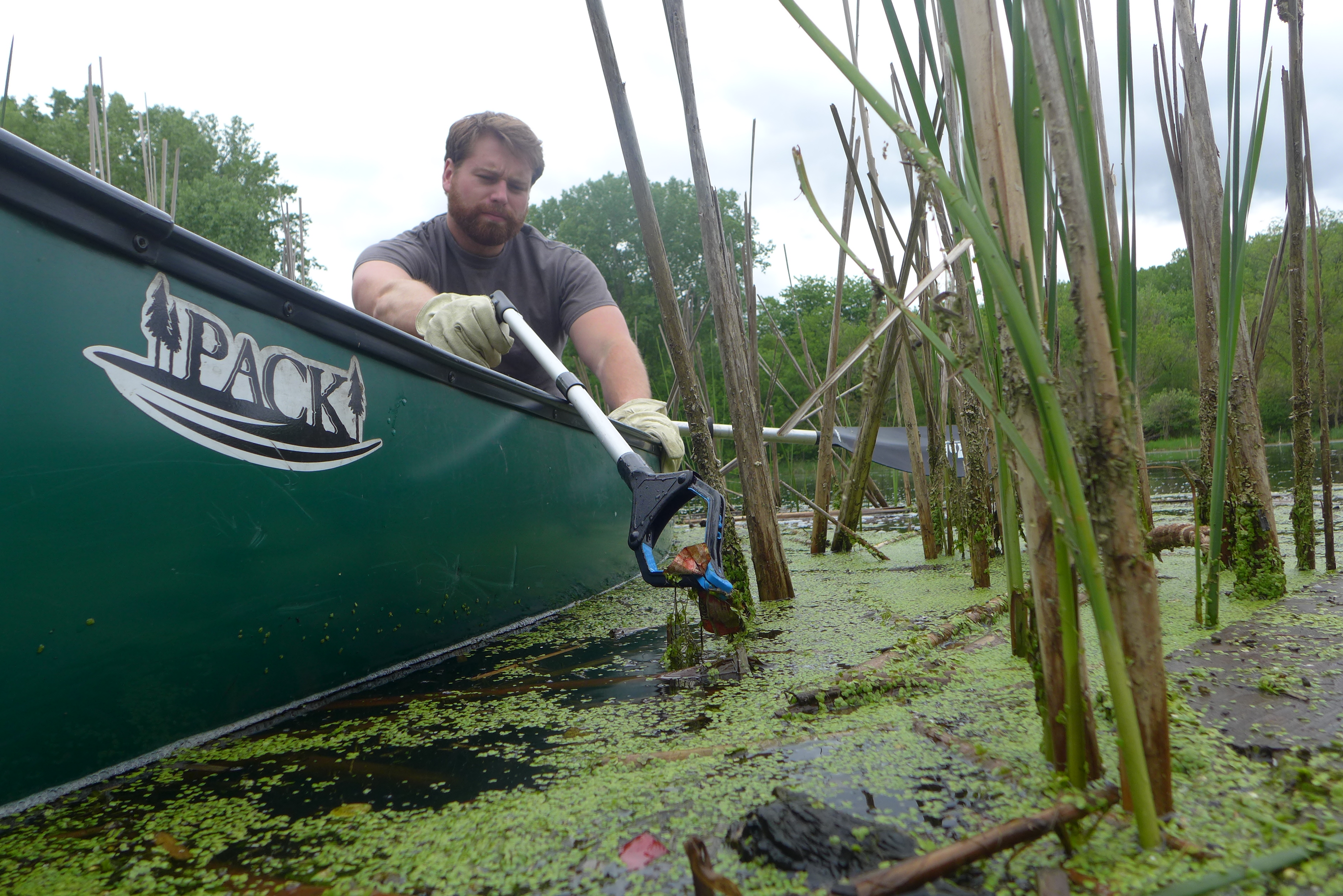
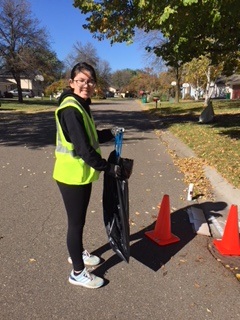
 Contact us
Contact us
Phone: (651) 204-6070
Fax: (651) 204-6173
Email: office@vlawmo.org
